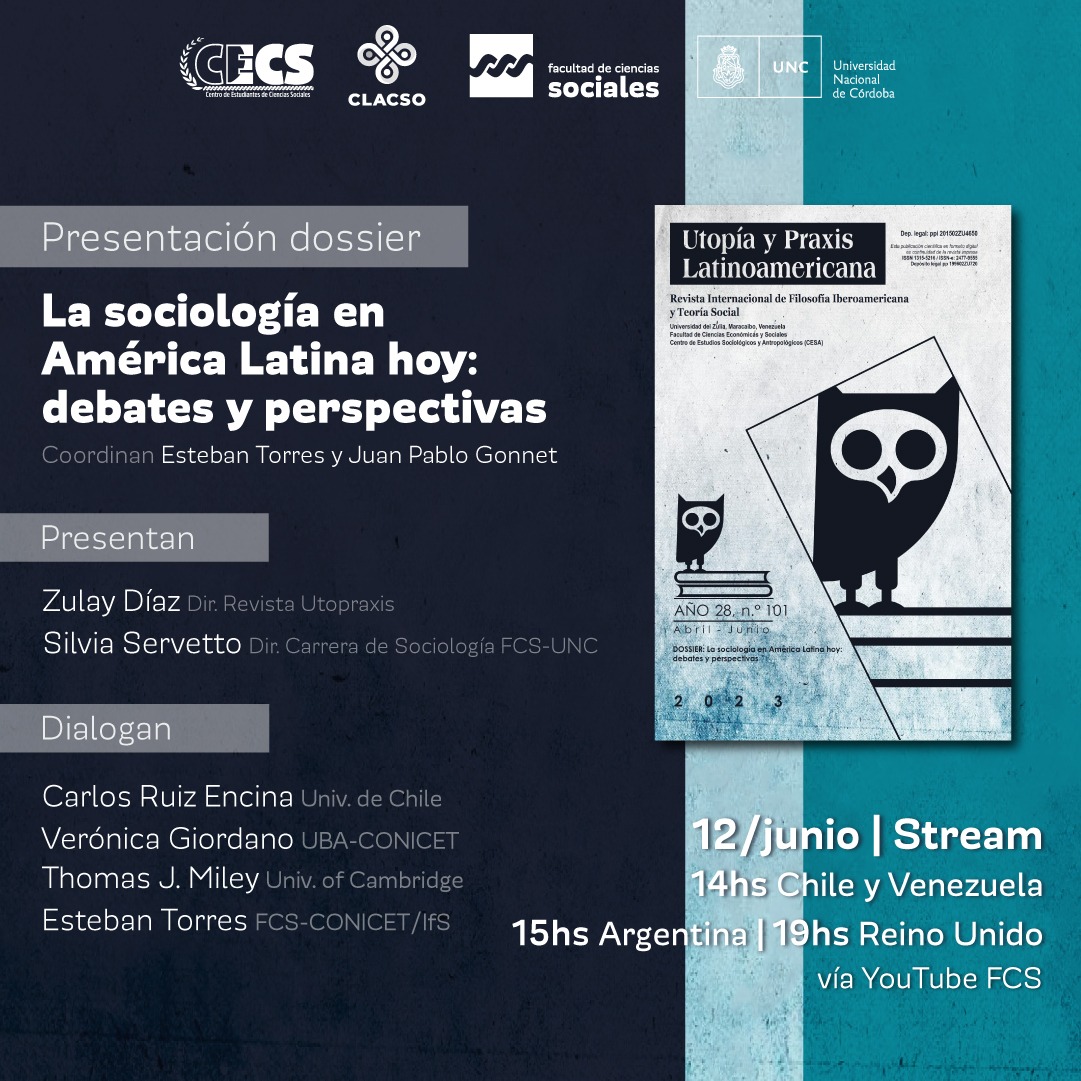Social cost and benefits of patent protection for medicines: Case of Indonesian seaweeds hard capsule invention
Resumen
ABSTRACT
Seaweeds become natural medicinal sources. This essay aims at discussing the patent protection of seaweeds for medication. To achieve the goal, this essay will firstly describe the importance of seaweeds for medication and their prospects, before analyzing the patenting of seaweeds for medicines. It also reviews substantial social costs and benefits of seaweeds patent protection for medicines and suspects that patent on the innovation of medicines might turn a miracle into a social tragedy. The paper recommends the effective balance between the public interest and the legitimate private interest of patent holders and averts the perception of prioritization of private rights over public health.
Citas
ADELMAN, C (2016). The Patent Truth: The Access to Medicines Debate. Hudson Institute, October 3.
AKHMETKARIMOV, B. (2019). “Islamic practice and state policies towards religion in post-Soviet Russia” Religion, State & Society, 47(2), pp. 180-197.
ARNAUD-HAOND, S, ARRIETA, JM & DUARTE, CM (2011). “Global genetic resources, Marine biodiversity and gene patents”. Science, 331, pp. 1521–1522.
BASHEER, S (2005). “Limiting the Patentability of Pharmaceutical Inventions and Micro-Organisms: A Trips Compatibility Review”. Available at SSRN 1391562.
BROWNLEE, I, FAIRCLOUGH, A, HALL, A & PAXMAN, J (2012). The potential health benefits of seaweed and seaweed extract.
CHENNUBHOTLA, VS (1996). “Seaweeds and their importance”. CMFRI Bulletin-Artificial reefs and Seafaring technologies, 48, pp. 108-109.
DEVI, GK, MANIVANNAN, K, THIRUMARAN, G, RAJATHI, FAA & ANANTHARAMAN, P (2011). “In vitro antioxidant activities of selected seaweeds from Southeast coast of India”. Asian Pacific journal of tropical medicine, 4(3), pp. 205-211.
DUARTE, CM, MARBA, N & HOLMER, M (2007). “Rapid domestication of marine species”. Science, 316(5823), pp. 382-383.
DUARTE, CM, HOLMER, M, OLSEN, Y, SOTO, D, MARBA, N, GUIU, J, ... & KARAKASSIS, I (2009). “Will the oceans help feed humanity?”. BioScience, 59(11), pp. 967-976.
FAYZULLINA, OR (2019). “Ways of International Students’ Adaptation: Club of International Friendship”, Space and Culture, India, 6(5), pp. 87-98.
FLEURENCE, J & LEVINE, I (2016). Seaweed in health and disease prevention. Academic Press.
GIMENEZ, G (2018). “The impact of the patent system on the social welfare: A critical view” (No. ART-2018-105807).
KALADHARAN, P, KALIAPERUMAL, N & RAMALINGAM, JR (1998). “Seaweeds-products, processing and utilization”. Marine Fisheries Information Service, Technical and Extension Series, 157, pp. 1-9.
KALIAPERUMAL, N (2003). “Products from seaweeds”. SDMRI Research Publication, 3, pp. 33-42.
KELECOM, A (2002). “Secondary metabolites from marine microorganisms”. Anais da Academia Brasileira de Ciências, 74(1), pp. 151-170.
KENNEDY, KC (1997). “The Illegality of Unilateral Trade Measures to Resolve Trade-Environmental Disputes”. Wm. & Mary Envtl. L. & Poly Rev., 22, p. 375.
KIJJOA, A & PICHAN, S (2004). “Drugs and Cosmetics from the Sea”. Marine Drugs, 2, pp. 73–82.
KRAAN, S (2013). “Mass-cultivation of carbohydrate-rich macroalgae, a possible solution for sustainable biofuel production”. Mitigation and Adaptation Strategies for Global Change, 18(1), pp. 27-46.
LINCOLN, RA, STRUPINSKI K, WALKER JM (1991). “Bioactive compounds from algae”. Life Chem. Rep, 8, pp. 97–183.
LIZHI, N (2016). “Social Costs of the Patent System”. Canadian Social Science, 2(3), pp. 85-89.
MENG, S (2019). “A New Design for the Patent System”. Journal of the Knowledge Economy, 10(3), pp. 1204-1229.
NELSON, RD (1997). “Joshua (1997): A Commentary”. Westminster John Knox Press.
POOJA, S (2014). “Algae used as medicine and food-a short review”. Journal of Pharmaceutical Sciences and Research, 6(1), p. 33.
PUDJIASTUTI, P, FAUZI, M & DARMOKOSOEMO, H (2017). “Drug delivery hard shell capsules from seaweed extracts”. Journal of Chemical Technology and Metallurgy, 52 (6), pp. 1140-1144.
QS WOWNEWS (2019). “UNAIR seaweed innovation to meet the need of capsule shells in Indonesia”.Retrieved August 9, 2019, from https://qswownews.com/unair-seaweed-innovation-to-meet-the-need-of-capsule-shells-in-indonesia/
SHELAR, PS, REDDY, VK, SHELAR, GS, KAVITHA, M, KUMAR, GP, REDDY, GVS & VIDYA, G (2012). “Medicinal Value of seaweeds and its applications-a review”. Continental Journal of Pharmacology and Toxicology Research, 5, pp. 1-22.
SMITH, A (2004). “Medicinal and pharmaceutical uses of seaweed natural products: A review”. Journal of Applied Phycology, 16, pp. 245–262.
THE JAKARTA POST (2018). “Pharma companies still dependent on imported APIs, says ministry”. Retrieved 18 October 2018, from https://www.thejakartapost.com/news/2018/10/18/pharma-companies-still-dependent-on-imported-apis-says-ministry.html












